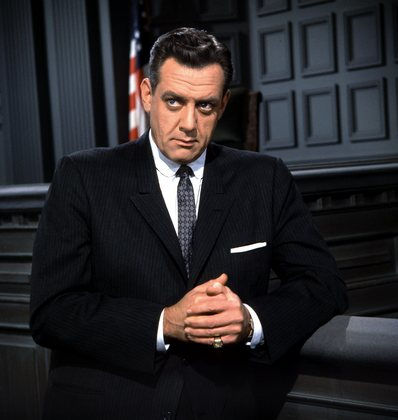
So if you go back to last year, you'll see my first post about the importance of testifying truthfully. Recently, I ran into yet another example of how exaggeration and dishonest testimony can blow up in ones face.
I was defending a client who had been the at fault driver in a very minor bumper tap rear-end accident. She had come around a corner and - unexpectedly - came upon a line of cars stopped at a stop sign. She attempted to stop but was unsuccessful before running into the back of another car. That car was, then, pushed into a third car ... and it was the passenger in that third car that was claiming injury. The damage to the rear of that third car was barely perceptible.
To be fair, prior to the accident, the passenger had been off work for almost 2 years because of an 'on the job' injury to his shoulder and neck. He had undergone a shoulder surgery and two neck surgeries; and although he was still having some neck and arm symptoms just prior to the accident, he was definitely feeling better and his doctor had predicted he could look at returning to work in a few weeks.
So if he had testified that there had been an aggravation of this neck and arm pain from this minor accident, it might have been believable. But instead, his testimony was that he had suffered severe low back pain from the accident. This made no sense! Nevertheless, he ran back to his former doctors and chiropractor, complaining of low back pain and shooting pain down his legs. As most good doctors do, they take their patient at face value and believe the history given. I didn't.
I actually read a few thousand pages of his old medical records and discovered that he had been raising the same low back and leg complaints -- off and on -- for almost 20 years. So imagine my surprise when he testified that these were new symptoms; and that he hadn't treated with anyone for low back pain at any time in his life.
When someone testifies in such a blatantly false manner, attorneys on the 'other side' begin to salivate. And I have to admit I did. So it soon came time for what I like to call the "Perry Mason" moment.
Having had the man confirm -- under oath -- that he had never treated for low back pain or shooting pain down the legs prior to the accident, I pulled out a copy of a pain diagram he had completed just 3 months after the accident. You've probably seen one of these. A picture of a man (or woman); the doctor asks you to mark the areas that hurt and the type of pain experienced. Anyway, the pain diagram I showed him showed he had marked pain in his low back and down his legs -- just as he had testified. I got him to confirm that he had filled out many such pain diagrams over the years.
I then pulled out another one. This one was identical to the one he had just identified; but filled out for another chiropractor he had treated with after the accident. I'm sure he recognized the form. I asked him if this was one he had completed, too; complementing him about how it seemed quite consistent with the other one. He agreed; and acknowledged that it, too, represented the pain he was experiencing shortly after the accident.
Then came the "Perry Mason" moment. You see, I had actually 'whited out' the date of the second pain diagram. I then pulled out the original. The diagram was the same. The only difference was the date. The man had created the "consistent" pain diagram 2 years BEFORE the accident. I then was able to disclose dozens of pages of medical records in which he had treated for low back pain and leg pain during the many years pre-accident.
Needless to say, his case fell apart. He was awarded significantly less than ½ of what my client had offered to settle for weeks earlier. Had he just been honest, he would have 'scored' a settlement that would have paid him some 2½ times what he was awarded after his 'less than candid' testimony.
A word to the wise ... just tell the truth.